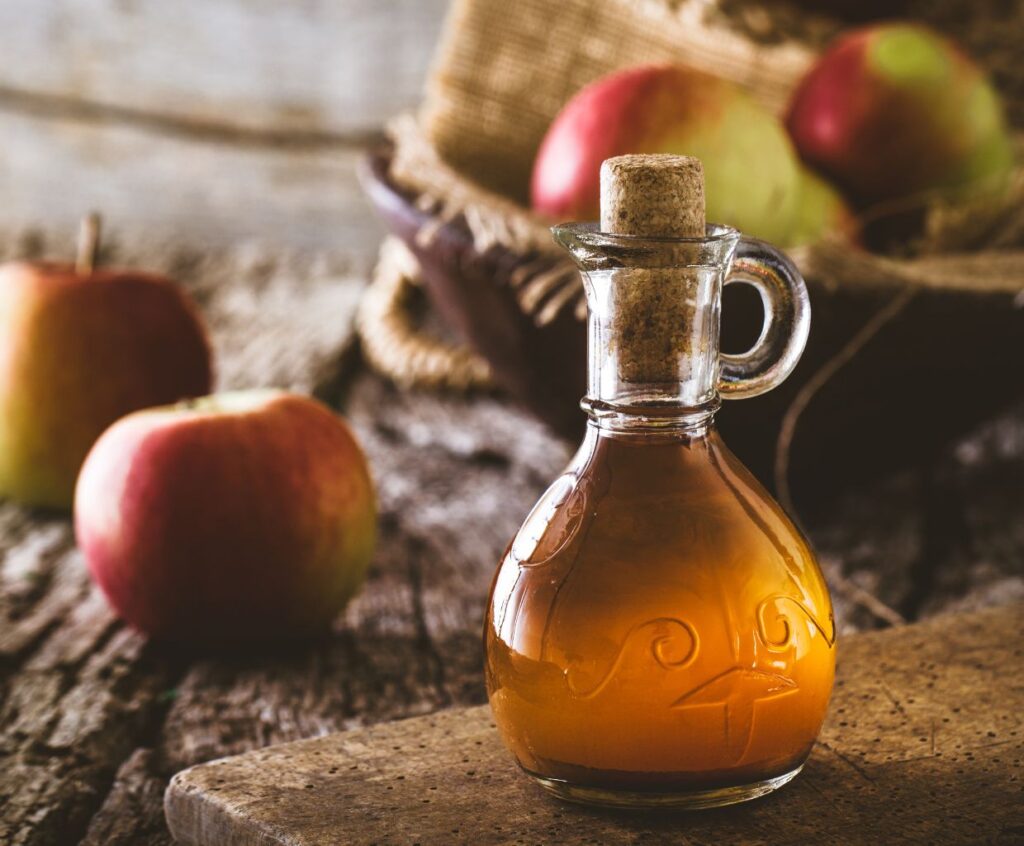The Science Behind How Wine Turns to Vinegar
Have you ever opened a bottle of wine only to find it smelling like vinegar? It’s a disappointing experience, especially when you are looking forward to enjoying a nice glass of wine. But have you ever wondered how this transformation occurs?
In this article, we will explore the fascinating process of how wine turns into vinegar.
The Role of Microorganisms
One of the critical factors in converting wine to vinegar is the presence of microorganisms, precisely certain strains of bacteria called acetobacters. These bacteria play a crucial role in the oxidation of alcohol, which produces acetic acid – the main component responsible for the sour taste in vinegar.
The Fermentation Process
When grapes are harvested and crushed, the natural sugars present in the fruit are converted into alcohol through a process called fermentation. This is the initial step in winemaking. However, if wine is exposed to oxygen and acetobacters are present, a secondary fermentation process called acetification occurs.
Oxygen Exposure
Oxygen is the catalyst that triggers the transformation of alcohol in wine to acetic acid in vinegar. When wine comes into contact with air, it allows acetobacters to thrive and multiply. These bacteria consume the alcohol and convert it into acetic acid through a biochemical reaction known as oxidation.
The Vinegar Mother
During the process of acetification, a gelatinous substance called the “vinegar mother” forms on the surface of the wine. This mother is a complex biofilm of cellulose and acetobacters. It acts as a catalyst for converting alcohol to acetic acid and is crucial for vinegar-making.
Preventing Wine from Turning into Vinegar
It is essential to store wine properly to prevent the transformation of wine into vinegar. Oxygen exposure should be minimized by tightly sealing the bottle after opening and storing it in a cool, dark place. Additionally, keeping the bottle upright can help reduce the surface area of wine in contact with air.
How does exposure to oxygen contribute to the conversion of wine to vinegar?
When wine is exposed to oxygen, it can lead to the conversion of wine to vinegar. This process is known as wine oxidation or acetification. Oxygen acts as a catalyst for the growth of certain bacteria called acetobacters, specifically Acetobacter aceti.
These bacteria are naturally present in the environment and can be found on the surfaces of fruits, plants, and even in the air. When they come into contact with wine and are exposed to oxygen, they metabolize the ethanol (alcohol) in the wine, converting it into acetic acid through a two-step process.
First, the bacteria oxidize the ethanol to acetaldehyde using an enzyme called alcohol dehydrogenase. Acetaldehyde is a volatile compound that contributes to the vinegar-like aroma and taste.
Next, the acetaldehyde is oxidized to acetic acid by another enzyme called acetaldehyde dehydrogenase. Acetic acid is the main component of vinegar and gives it its characteristic sour taste.
The presence of oxygen is crucial for this conversion process to occur. The bacteria require it as a reactant for oxidation reactions. Additionally, oxygen helps maintain the growth and activity of acetobacters, allowing them to thrive and convert the wine to vinegar.
Therefore, exposure to oxygen in the presence of acetobacters is the primary factor contributing to the conversion of wine to vinegar. Proper storage and handling techniques, such as keeping wine bottles tightly sealed and protected from excessive air exposure, can help prevent this conversion.
What factors can accelerate or slow the process of wine turning into vinegar?
Several factors can accelerate or slow the process of wine turning into vinegar. These factors include:
1. Oxygen exposure: Increased exposure to oxygen can accelerate the process of wine turning into vinegar. Oxygen provides the environment for acetobacter, the bacteria responsible for vinegar production, to grow and convert alcohol into acetic acid.
2. Temperature: Higher temperatures can speed up the conversion process, while lower temperatures can slow it down. Warmer temperatures increase the metabolic activity of acetobacter, leading to faster vinegar production.
3. Acidity: Higher acidity levels in the wine can promote the growth of acetobacter and accelerate the vinegar production process.
4. Sugar content: Wines with higher sugar content take longer to turn into vinegar. The sugar needs to be converted into alcohol first before it can be converted into acetic acid.
5. Presence of acetobacter: The presence of acetobacter bacteria in the wine is crucial for the conversion process. If the wine does not have sufficient levels of acetobacter, the process will be slow or may not occur at all.
6. Cleanliness: Contaminants or foreign microorganisms in the wine can hinder or slow the conversion process. Maintaining clean and sterile conditions is essential to ensure acetobacter’s proper growth and activity.
7. Vinegar mother: A vinegar mother, a gelatinous substance composed of cellulose and acetic acid bacteria, can accelerate the process of vinegar production. The vinegar mother contains a high concentration of acetobacter, which helps convert alcohol into acetic acid more efficiently.
8. Aging: Allowing the wine to age more before turning into vinegar can slow the process. Aging allows the wine to develop complex flavors and characteristics before transforming into vinegar.
It is important to note that the wine turning into vinegar is a natural oxidation process that can occur over time. However, if one wants to make vinegar intentionally, it is recommended to control these factors to achieve desired results.
How Wine Turns to Vinegar – Conclusion
Understanding how wine turns into vinegar can help us appreciate the delicate winemaking process and the importance of proper storage. So, the next time you come across a bottle of wine that has turned sour, you’ll know the fascinating journey it has taken from grapes to vinegar.




